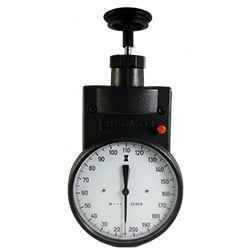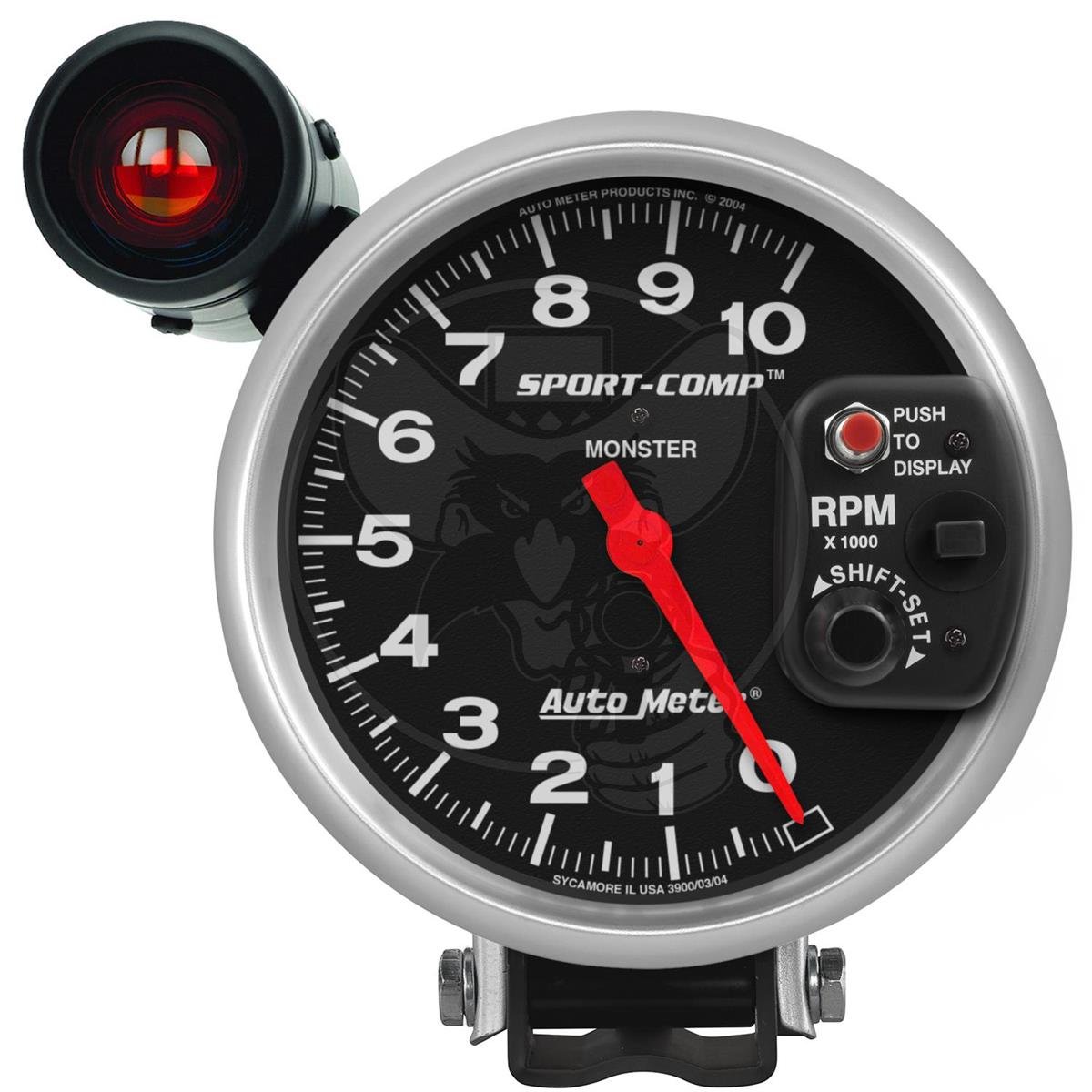Unlocking the Secrets of Tachometers: Every Little Thing You Required to Learn About This Crucial Instrument in Your Vehicle
Understanding the intricacies of tachometers can give useful insights into your lorry's efficiency and maintenance requirements. From gauging engine rate to analyzing the data it offers, tachometers function as an important tool for lorry proprietors and enthusiasts alike. By untangling the secrets behind this vital instrument, you can open a wealth of details that can improve your driving experience and ensure the long life of your car.
Significance of Tachometers
The significance of tachometers depends on their ability to give important real-time data regarding an engine's rotational speed, enabling for precise surveillance and maintenance of equipment. By measuring the transformations per minute (RPM) of an engine's crankshaft, tachometers use valuable understandings into the engine's performance - tachometer. This information is vital for making certain that the engine operates within its optimum range, preventing potential damage from over-revving or underperforming
Tachometers play an essential role in assisting drivers and specialists identify any type of abnormalities in the engine's rate, which could suggest concerns such as fuel ineffectiveness, mechanical troubles, or excessive stress on the engine. By without delay identifying these problems with tachometer analyses, maintenance can be carried out proactively, stopping pricey repair work and downtime in the lengthy run.
In addition, tachometers are particularly important in high-performance automobiles and equipment, where precise control over engine speed is required for ideal operation. Competing autos, airplane, and commercial equipment depend on tachometers to deliver peak performance while preserving security requirements. In significance, tachometers are not simply tools for determining rate however crucial devices for making certain the smooth and reliable procedure of engines throughout numerous applications.
Just How Tachometers Action Engine Rate
Using sensors that detect the regularity of electrical pulses created by the engine's ignition system, tachometers precisely measure the rotational rate of an engine. By keeping an eye on the rate at which these pulses are obtained, tachometers offer real-time feedback on exactly how fast the engine's crankshaft is revolving per minute, generally described as revolutions per min (RPM)
The tachometer's sensor, commonly connected to the engine's ignition coil or trigger plug cables, grabs the electrical signals generated each time a cylinder fires. These signals are after that exchanged RPM readings presented on the gauge or tool cluster within the motorist's view. Tachometers can be analog or electronic, with modern-day cars generally featuring electronic display screens for accurate and rapid RPM analyses.
This info is critical for vehicle drivers to recognize the engine's efficiency, avoid over-revving, enhance gear shifting, and guarantee reliable fuel usage. By properly measuring engine speed, tachometers play a crucial role in helping motorists run their vehicles securely and successfully.
Interpreting Tachometer Readings
Having a clear understanding of just how tachometers gauge engine speed sets the foundation for successfully analyzing the RPM analyses displayed. Interpreting tachometer readings is vital for optimum vehicle performance and engine health. RPM (Transformations Per Min) analyses on the tachometer suggest the rate at which the engine's crankshaft is revolving. When the engine is idling, the tachometer needle typically rests around 600-1000 RPM, depending on the car. As you speed up, the RPM will enhance, showing the engine's higher rotational speed. When moving gears in a hands-on transmission car, the RPM image source will drop as you engage the clutch and change gears, then rise once more as you increase in the brand-new equipment. Keeping an eye on the tachometer can aid you figure out one of the most effective moving points to take full advantage of fuel economy and engine power. Additionally, abnormal variations or continually high RPM analyses might indicate potential concerns with the engine that might need professional focus. By taking notice of the tachometer analyses and comprehending how to analyze them, you can guarantee your car operates efficiently and effectively.


Tips for Using Tachometers Properly
To improve driving performance and enhance engine efficiency, what key approaches can be executed for properly using tachometers? Tachometers are critical tools that give real-time feedback on engine rate, enabling motorists to make enlightened decisions for far better efficiency - tachometer. Here are some ideas for using tachometers successfully:
Recognizing Optimal RPM Variety: Acquaint yourself with the ideal RPM (Changes Per Min) range for your automobile. This array varies between different autos and is typically suggested in the proprietor's manual. Keeping the engine within this variety can enhance gas performance and prolong the engine's life expectancy.
Moving Equipments at the Correct Time: Make use of the tachometer to establish the very best time to shift gears. Upshifting prematurely or too late can result in decreased efficiency and performance. Aim to shift gears when the RPM gets to the optimum array for the following equipment.
Keeping Track Of Engine Tension: High RPMs for prolonged periods can stress the engine. Watch on the tachometer to stop over-revving, particularly throughout acceleration or when carrying hefty lots.
Tachometers and Automobile Upkeep
When thinking about vehicle upkeep, tachometers play an essential duty in keeping track of engine efficiency and discovering possible problems. Tachometers give vital information on engine speed, enabling drivers and auto mechanics to make certain that the engine is operating within the suggested RPM range.
Along with identifying continue reading this potential problems, tachometers can additionally aid in enhancing gas efficiency. By keeping the engine rate within the optimum range, motorists can boost their gas mileage and reduce fuel usage. This not just profits the chauffeur's budget yet also adds to environmental preservation by decreasing harmful discharges.
Final Thought
